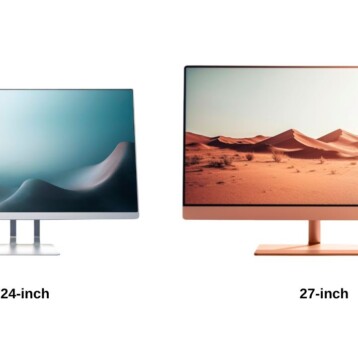|
Over the past few decades manufacturers have been cramming additional components onto integrated circuits roughly doubling their efficiency every two years. This phenomenon became known as Moore’s Law. However, the materials used in chip manufacturing to date have poor stability if used in elements smaller than 10 nanometers in size. In these minute sizes all semiconductors – including silicon – oxidize; that is they decompose and uncontrollably migrate along surfaces like water droplets on a hot plate. This is one of the biggest challenges in the semiconductor industry for the next two decades.
Recently, Geim and his team of researchers discovered that graphene, the first known one-atom-thick material which can be viewed as a plane of atoms pulled out from graphite remains highly stable and conductive even when it is cut into devices one nanometer wide. Its unique qualities and characteristics have caused graphene to rapidly become the hottest topic in physics and materials science. Now the Manchester researchers are showing that it is possible to carve out nanometer-scale transistors from a single graphene crystal. Graphene transistors start showing advantages and good performance at sizes below 10 nanometers – the miniaturization limit at which the silicon technology is predicted to fail.
“Graphene is an exciting new material with unusual properties that are promising for nanoelectronics,” comments Bob Westervelt, professor at Harvard University. “The future should be very interesting”. Geim adds realistically, “It is too early to promise graphene supercomputers”.
TFOT recently covered graphene paper, a substance which is tougher than diamonds, as well as IBM’s advanced graphite processor technology, and a nano switch that could hint at the possibilities of future chips.











